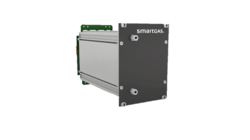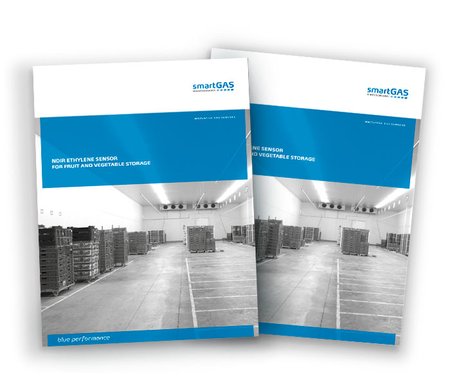NH3 sensor for the detection of ammonia
Ammonia is used in different industries such as the agriculture sector, steel sector, woodworking secoter, emission control sector, plastic sector, refrigeration sector, energy sector, or even in private household as a cleaner. At room ammonia is a colourless gas with a distinct pungent smell. It is a good selvent for metals or salts. The dangers of ammonia include severe skin burns and eye damage, it is toxic if inhaled and is very toxic to aquatic life with long lasting effects. The advantages of ammonia are its non-existent global warming potential or harmless of the ozon layer. Ammonia is used between – 60° to +100° C.
Applications for ammonia
Agriculture sector:
Ammonia is used as a fertilizer as well as for straw fumigation. It occurs also in the fermentation process within biogas plants.
Steel sector:
NH3 is needed for bright annealing of steel and for extracting zinc and nickel. Also used as a protective gas for welding.
Woodworking sector:
Ammonia fumes react with the natural tannins in the wood and cause it to change colours.
Emission protection sector:
NH3 is used for flue gas cleaning.
Further applications for ammonia
Plastic sector: It is used to produce nylon and polyamide.
Refrigeration Sector: Also known as R717, NH3 used as refrigerant in industtrial refrigeration and ice stadiums
Energy sector: Ammonia is used as a storage for renewable energy and makes hydrogen transportable in large scales
Further usages: In the pulp and paper sector, for medicinal products, as smell irritant or catalyst in the chemical sector.

